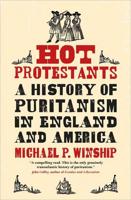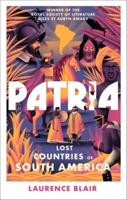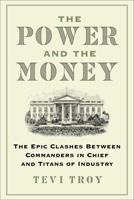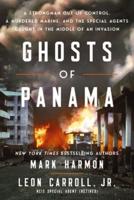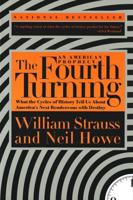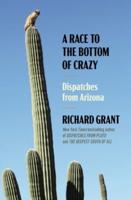Publisher's Synopsis
The concept of death can be viewed from different perspectives. In general terms, it can be defined as the end of life, but a more spiritual interpretation would describe it as the separation of the soul from the body. Regardless of the definition, death implies change and transformation, even if only on a physical level. The idea of transcendence has served as a source of comfort for humanity that is usually represented in the belief of an afterlife which takes place in another realm.
Since the beginning of history, understanding and explaining it has been a large concern for people all over the world. Death is both a daily occurrence and an irreversible condition, and countless efforts have been made to avoid or postpone it. The constant struggle to transcend its permanence has led cultures to create the idea of an afterlife; of a place or world where life carries on after its end on earth. In ancient Mesoamerica, this concept of an afterlife greatly permeated the worldview of the many pre-Hispanic cultures that developed all throughout the region.
Furthermore, the underworld in Maya religion is also associated with foul smells, and often these levels were steaming hot scenes of decay and decomposition where the gods of death lived. The Maya equivalent of the Aztec god of the underworld, Mictlantecuhtli, is referred to as cizin or "the flatulent one" in the Madrid Codex (one of the four surviving Maya codices), and Lacondon and Yucatec Maya still refer to the death god as Cizin (kee-ZEEN).

